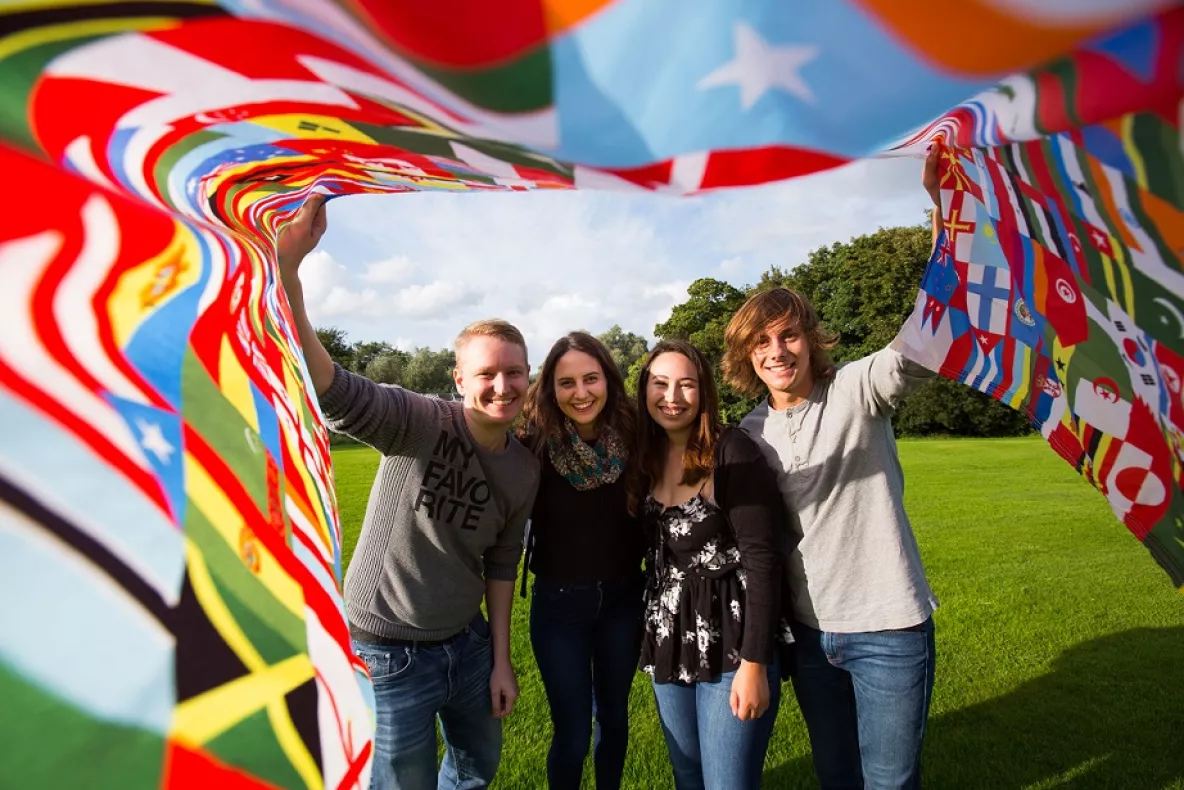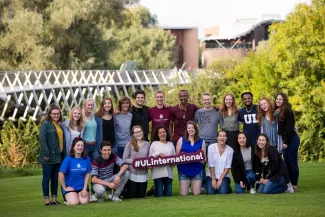
University of Limerick (UL) will welcome more than 2,700 international students from 100 countries to the campus this academic year generating an economic boost of more than €19 million for the Shannon region.
The figure of €19 million is based on student spending estimates of €907 per month, this includes accommodation, food and drink, social activities, shopping and transport and does not include tuition fees paid to the university.
“International students create important cultural and economic links between Limerick and the world. The international students at UL today are tomorrow’s leaders and they will engage with the Shannon Region in tourism, business and investment. By attracting talent from around the world, University of Limerick ensures a culturally-rich setting for Irish students to prepare for the global work environment,” said Josephine Page, director, International Education Division at UL.
“University of Limerick has been voted most-recommended university in Ireland by international students in the 2017 International Student Barometer. One of the reasons for this success is because so many of our students are encouraged to partake in international study themselves and so we welcome international students as we’d like our students to be welcomed abroad. Thirty per cent of UL undergraduate students spend a semester abroad through Erasmus, non-EU study exchange or Cooperative Education work experience,” Ms Page continued.
International students currently account for 13% of UL’s total student population. Last year saw UL students travel abroad on study or work placements through the EU Erasmus programme, making it the largest and most successful Erasmus programme in Ireland for the ninth year running.
As well as choosing UL as the most recommended university in Ireland, international students also voted the university first in Ireland for overall student support.
The International Student Barometer (ISB) survey was conducted by i-graduate, and is the biggest survey of its kind, reaching almost 160,000 students from 82 institutions in 17 countries.
